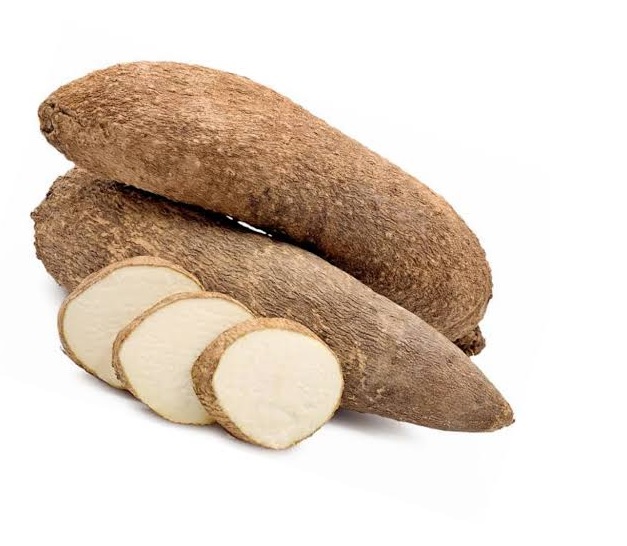Yam is one of the stable food in countries such as Nigeria. Yam Botanical (scientific) name is Dioscorea SPP. After garri (cassava flakes) and rice the next common food is in Nigeria is yam. Yam is a good source of protein. It can be eaten by roasting, frying, boiled, porridge etc. The main concern of this research is how to plant yam or yam production.

HOW TO PLANT YAM; FARMING SYSTEM
Yam is usually inter-planted or mixed with other crops such as maize, melon, fluted pumpkin or other minor crops. This is liken to what is called mixed farming system of planting.
LAND PREPARATION:
Land for yam planting can be prepared using any of the methods below. Sometimes the method use may likely depend on the nature of the soil. Furthermore, Some areas which the soil is much of sandy do not really need much ridges or mounds. This is due to the fact that rain may likely wash away the soil in a short while exposing the yam tubers in the soil. With this kind of situation holes need to be dug on the ground for the tubers to be planted. Lastly, this is a very important part on how to plant yam. Below are the best ways to prepare land for yam planting.
- Make mounds 1m × 1m
- Make ridges 1m apart along the breath of the farm
PLANTING
- Plant small tubers 500 – 100g
- Plant on ridges 1m × 1m or mounds 1m × 2m at one tuber per stand.
- Intercrop with maize and melon 1m × 2m on the left and right side of the mounds or ridges
- Lastly, plant at the beginning of raining season
Apply atrazine or primextra at 5 lit / ha immediately after planting. This helps to prevent rodents and insects from eating the yam tubers before they germinate after planting.
STAKING: stake four vines to a strong not more than 3m high. This will give them enough space for them to produce healthy leaves as overcrowding may lead to low yield.
WEED CONTROL: Weed manually using hoes and machetes in small farms. Thus, allowing weeds to compete with the crops for the available nutrients in the soil will lead to poor yield. Therefore, weeding of the farmland should be done at regular intervals.
FERTILIZER APPLICATION:
Apply 400 – 500kg/ha of NPK 12.12.27 +2 by band placement or ringing each stand 10 – 15cm away from the plant. More so, naturally fertilizer like manure can also be applied. The best way is to apply the available fertilizer for more yield.
PEST CONTROL
There are various pest which attack yam from planting to harvest. Therefore, farmers must by all means prevent them from damaging the plants while hoping for more yields. Read below for the common pest that attack yam and how to prevent them.
- Yam tuber beetles: apply Chloropyriphos at 5ml/lit water to the base of the yam at tuberization.
- Nematodes: Avoid waterlogged areas
- Foliar Beetles: apply karate at 41/lit water on infestation
- Tuber Rot: Avoid tuber wounding during harvest.
- Anthracnose: use resistant varieties
HARVESTING
- Firstly, you can conduct first harvesting at 5 months after emergence
- Fig the base of the yam carefully without damaging the root to expose the tuber.
- Severe the tuber from the rest of the plant and at a point just below the corm.
- Then, remove the tuber and cover up the again with earth.
- Lastly, conduct final harvesting when the vines have dried or conduct singing harvesting at 8 months at emergence when the vines have dried
STORAGE
- Store yams in barns, platforms underground
- Erect vertical poles in an open place. Tie the yam tubers with rope to these poles or place the yam tubers on an elevated platform
CONCLUSION
Yam apart from being one of the common food in Nigeria, it is also a source of income for many household and farmers in addition. Thus, there are several people who grow yam not for their immediate consumptions but for commercial purposes. Yam is also use for the productions of other commodities especially snacks. For serious and intensive training on how to plant yam click here or visit Akwa Ibom State University Obio Akpa campus Akwa Ibom State.
ALSO READ ON:
